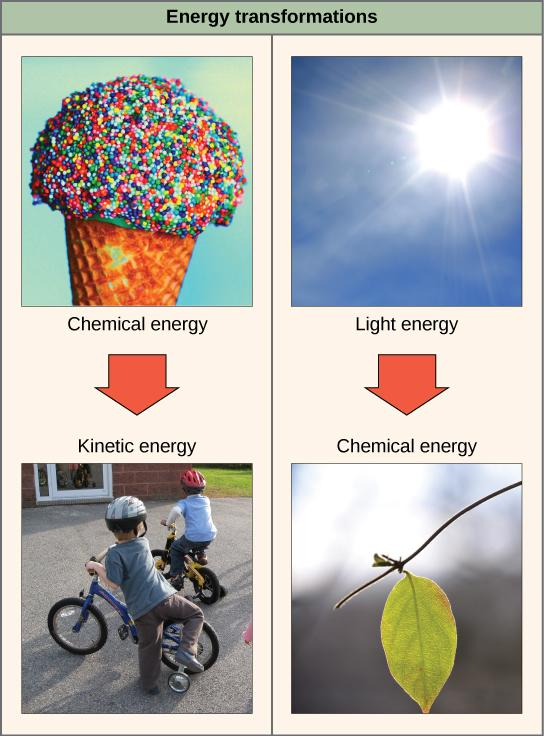
The law of conservation of energy implies that the:
A) Total mechanical energy is conserved
B) Total kinetic energy is conserved
C) Total potential energy
D) Sum of all kinds of energies is conserved
Answer
180k+ views
Hint: The energy is the ability of the body to do some useful work. It is present in the universe as many forms into thermal energy, potential energy, kinetic energy, electrical energy, nuclear energy and mechanical energy. It has the ability to transfer from one body to another.
Complete step by step solution:
The law of conservation of energy states that the total energy always remains constant for an isolated system. The energy is neither created nor destroyed but it can change from one form of energy into the other. These energies can be converted into one another, when the external force is applied and the work is done. There is no new energy created or it is deleted from the total energy.

Hence the sum of the total of all the energy in the system always remains the same. When we consider the total mechanical energy, there will be both the potential energy and the kinetic energy. The potential energy at first before motion, converts into the kinetic energy after movement. Hence the total mechanical energy is the sum of the both potential energy and the kinetic energy.
Thus the option (D) is correct.
Note: Let us consider the example of the tube light. When the tube light glows, the electrical energy from the power supply is converted into the light energy and some of the heat energy as the loss. But the total electrical energy is equal to the sum of the heat and light energy produced.
Complete step by step solution:
The law of conservation of energy states that the total energy always remains constant for an isolated system. The energy is neither created nor destroyed but it can change from one form of energy into the other. These energies can be converted into one another, when the external force is applied and the work is done. There is no new energy created or it is deleted from the total energy.

Hence the sum of the total of all the energy in the system always remains the same. When we consider the total mechanical energy, there will be both the potential energy and the kinetic energy. The potential energy at first before motion, converts into the kinetic energy after movement. Hence the total mechanical energy is the sum of the both potential energy and the kinetic energy.
Thus the option (D) is correct.
Note: Let us consider the example of the tube light. When the tube light glows, the electrical energy from the power supply is converted into the light energy and some of the heat energy as the loss. But the total electrical energy is equal to the sum of the heat and light energy produced.
Recently Updated Pages
JEE Main 2023 (January 24th Shift 1) Chemistry Question Paper with Answer Key

JEE Main 2022 June 29 Shift 1 Question Paper with Answer Key

JEE Main 2022 June 25 Shift 2 Question Paper with Answer Key

JEE Main 2022 June 25 Shift 1 Question Paper with Answer Key

JEE Main 2022 June 24 Shift 1 Question Paper with Answer Key

JEE Main 2022 (June 29th Shift 1) Physics Question Paper with Answer Key

Trending doubts
JEE Main 2025 Session 2: Application Form (Out), Exam Dates (Released), Eligibility, & More

JEE Main 2025: Derivation of Equation of Trajectory in Physics

Displacement-Time Graph and Velocity-Time Graph for JEE

Atomic Structure - Electrons, Protons, Neutrons and Atomic Models

Learn About Angle Of Deviation In Prism: JEE Main Physics 2025

What is Hybridisation in Chemistry?

Other Pages
NCERT Solutions For Class 11 Physics Chapter 2 Motion In A Straight Line - 2025-26

NCERT Solutions For Class 11 Physics Chapter 1 Units and Measurements - 2025-26

NCERT Solutions For Class 11 Physics Chapter 3 Motion In A Plane - 2025-26

JEE Advanced Marks vs Ranks 2025: Understanding Category-wise Qualifying Marks and Previous Year Cut-offs

Units And Measurements Class 11 Physics Chapter 1 CBSE Notes - 2025-26

Motion in a Straight Line Class 11 Physics Chapter 2 CBSE Notes - 2025-26




